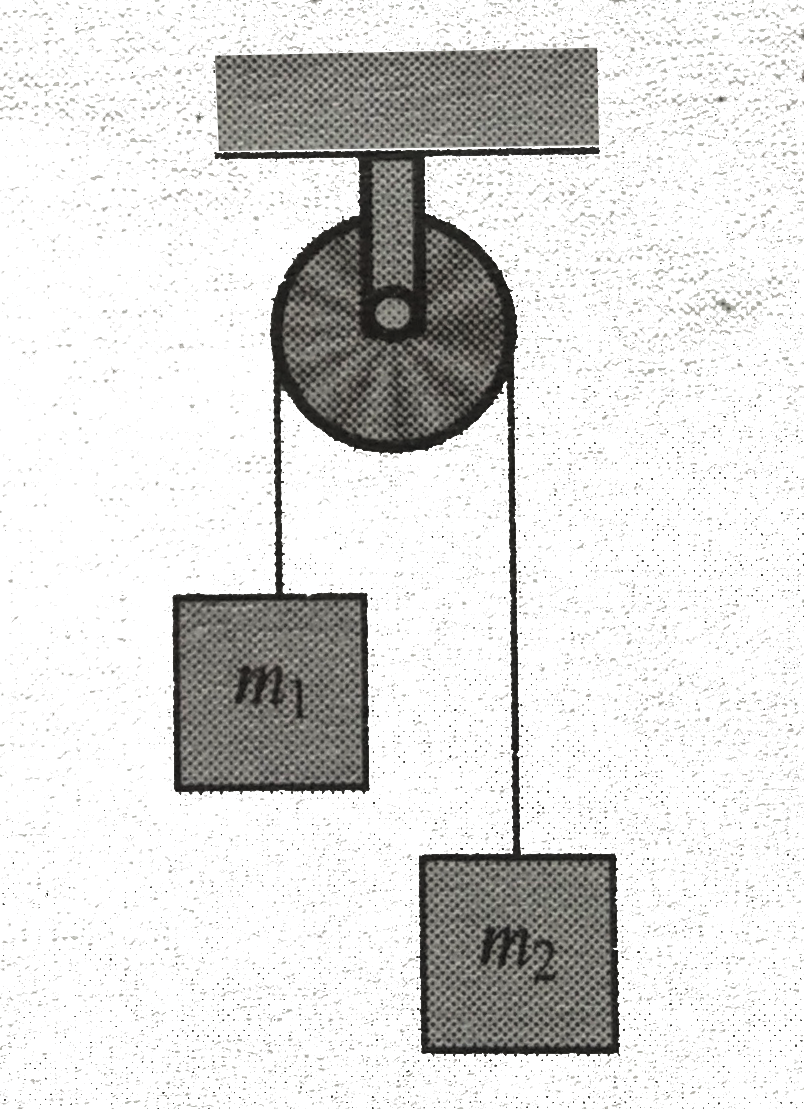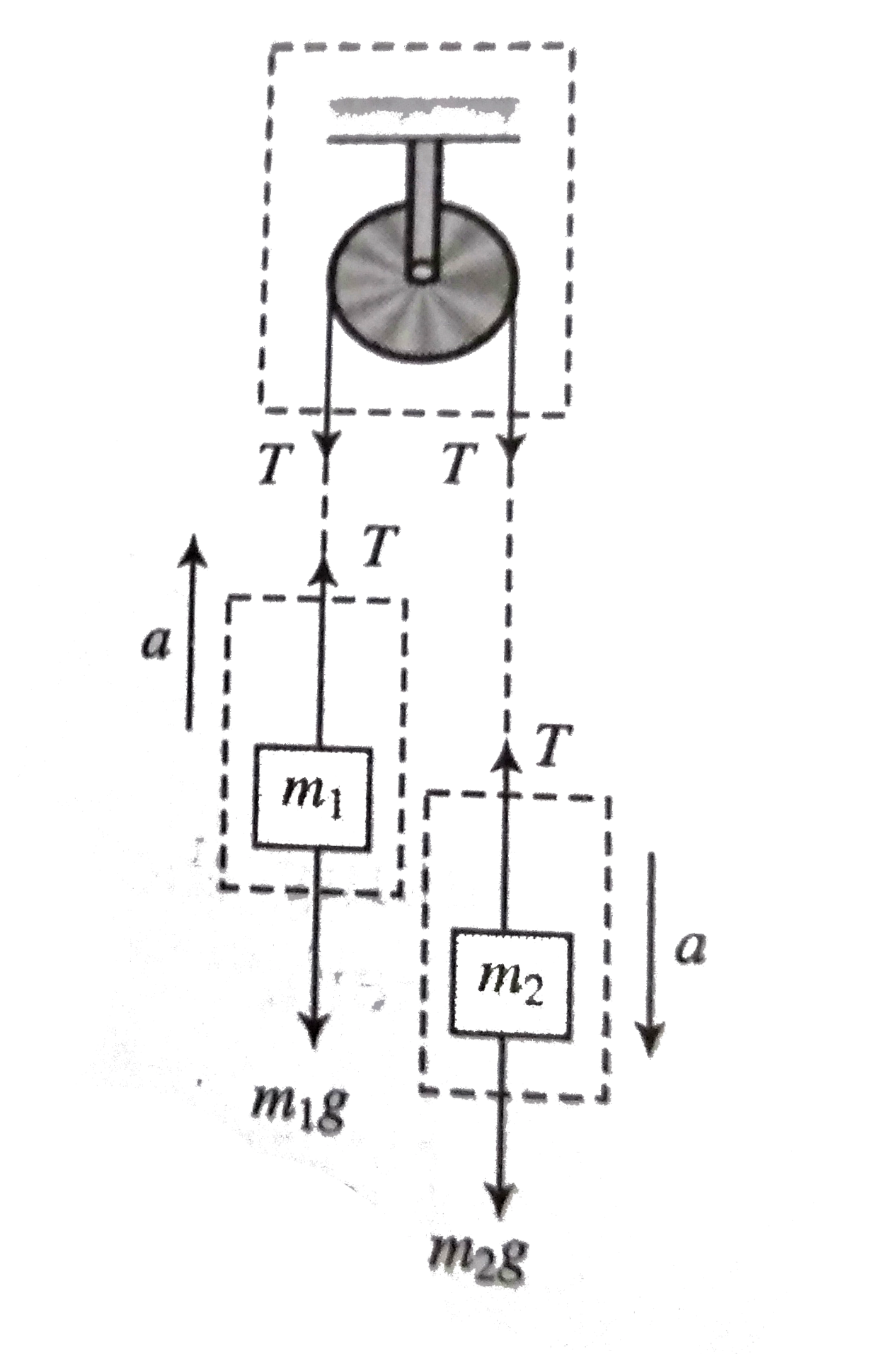Text Solution
Verified by Experts
|
Topper's Solved these Questions
NEWTON'S LAWS OF MOTION 1
CENGAGE PHYSICS ENGLISH|Exercise Solved Examples|11 VideosView PlaylistNEWTON'S LAWS OF MOTION 1
CENGAGE PHYSICS ENGLISH|Exercise Exercise 6.1|11 VideosView PlaylistMISCELLANEOUS VOLUME 2
CENGAGE PHYSICS ENGLISH|Exercise INTEGER_TYPE|10 VideosView PlaylistNEWTON'S LAWS OF MOTION 2
CENGAGE PHYSICS ENGLISH|Exercise Integer type|1 VideosView Playlist
Similar Questions
Explore conceptually related problems
CENGAGE PHYSICS ENGLISH-NEWTON'S LAWS OF MOTION 1-Integer
- Two mass m(1) and m(2) are attached to a flexible inextensible massles...
02:59
|
Playing Now - A block is placed on an inclined plane moving towards right horizontal...
02:34
|
Play - You are designing an elevator for a hospital. The force exerted on a p...
02:14
|
Play - Figure represents a painter in a crate which hangs alongside a buildin...
04:25
|
Play - The elevator shown in fig. is descending with an acceleration of 2ms^(...
01:34
|
Play - In fig. find the acceleration of B if acceleration of A is 2ms^(-2).
02:57
|
Play

